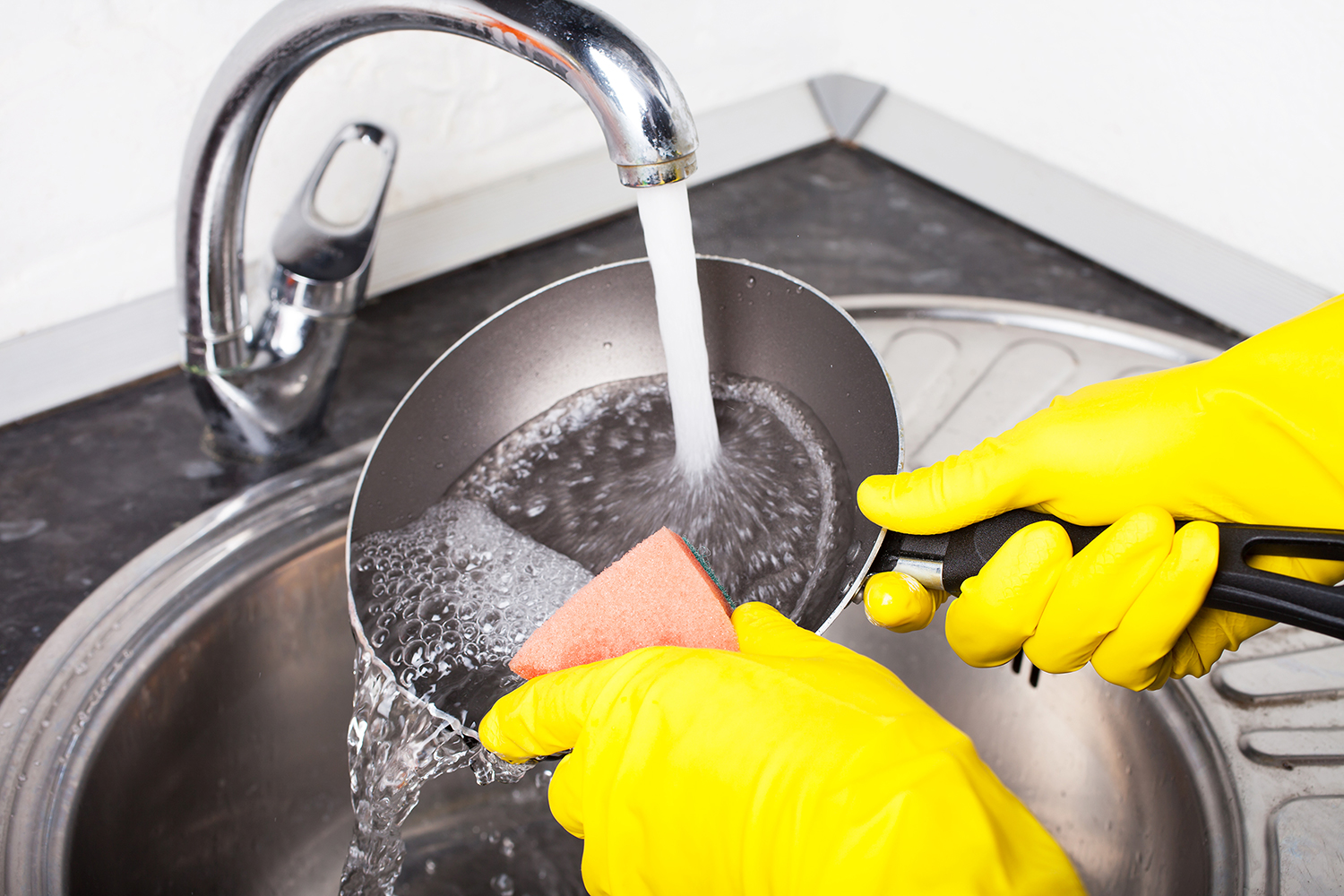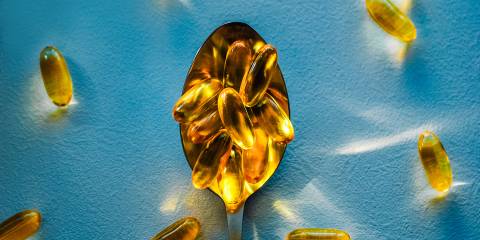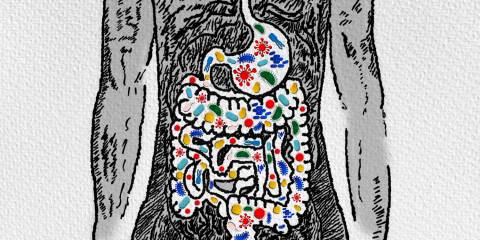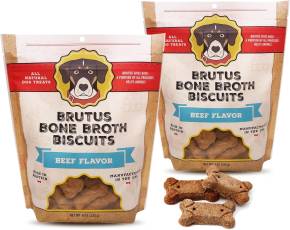Here are some recommendations in order to provide the highest level of safety for you, and longevity for your pots and pans.
How to Remove Grease, Stains, and Burn Marks
Many cleaning products are packed with chemicals, and then you wash your pots and pans with these substances. Here are the best ways to clean your pots and pans.
-
Water
Soak your pots and pans in hot water. Let them soak and then give them some elbow grease.
-
Salt and Lime Juice
Squirt some lime juice and throw some salt into your dirty pots and pans. Let this rest for a few minutes and then scrub. The salt and citrus juices will lift dirt and burnt areas.
-
Baking Soda
This is great if you have excessive amounts of grease left in your pots and pans. The baking soda will suck the grease up and allow for easier disposal (it will clump up).
-
Vinegar
Vinegar is great for cutting through grease and stains. Make your own all-purpose spray using some citrus peels, vinegar and water. It is quite simple to make and is a great natural alternative.
Getting Rid of Pots and Pans
Sometimes they've just got to go. It's important to know when, and make informed choices.
When Should You Replace Non-Stick Pots and Pans?
-
Replace Them with Better Cookware
If you are able to, replace your non-stick pots and pans right away. Replacing them with a safer, longer lasting option is your best bet.
-
Non-Stick Coating Begins to Flake
Make sure you replace pots and pans before they begin to ‘flake’. The coating will begin to flake off after extensive use and can end up in your food.
-
Pots and Pans Have a Chemical Smell
Do not overheat non-stick cookware in the oven. Temperatures get too hot, and there is an increase in chemical fumes.
How Should I Dispose of Old Pots and Pans?
In order to get rid of these, you may have to call up your city and see how to properly dispose of them (e.g. scrap metal depot).



